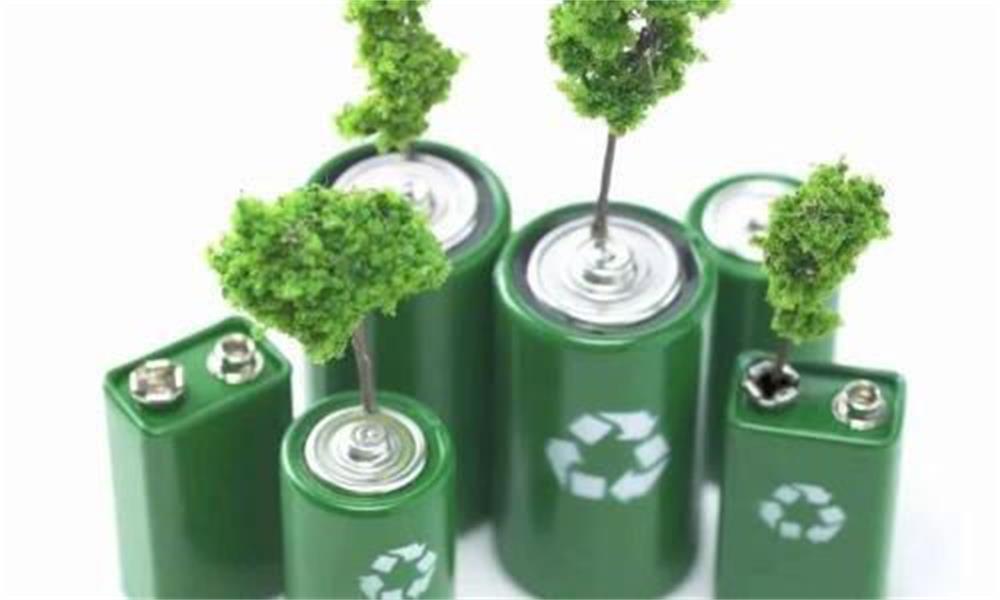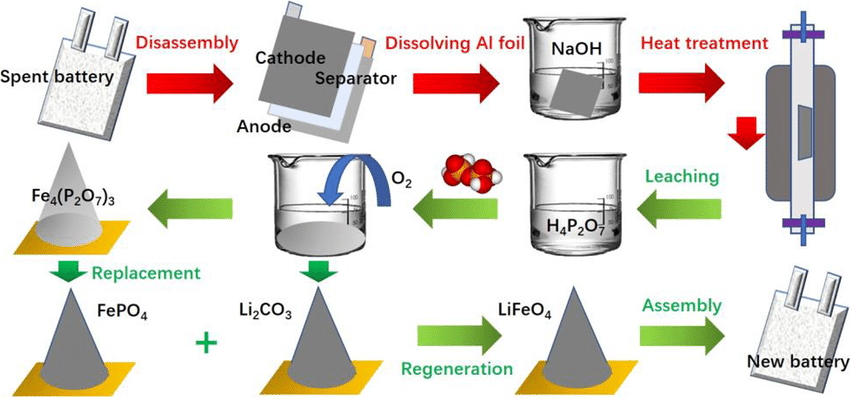 |
Welcome To Evlithium Best Store For Lithium Iron Phosphate (LiFePO4) Battery |
 |

Have you ever wondered what happens to LiFePO4 batteries once they've reached the end of their useful life? With the surge in demand for renewable energy and electric vehicles, the need to properly dispose of and recycle these batteries has become more important than ever. In this article, we will discuss the whats, whys, and hows of LiFePO4 battery disposal and recycling, ensuring that you have all the information needed to make informed decisions.
LiFePO4, or lithium iron phosphate, is a type of lithium-ion battery that uses iron phosphate as its cathode material. This unique composition offers a number of benefits, including improved thermal stability, increased safety, and a longer cycle life compared to other lithium-ion batteries.
LiFePO4 batteries are known for their high energy density, long cycle life, and excellent thermal stability. They're also less prone to thermal runaway, which makes them a safer choice for many applications. However, they do have some drawbacks, such as lower voltage and higher costs compared to other lithium-ion chemistries.
Improper disposal of LiFePO4 batteries can lead to contamination of soil and water resources due to the leakage of toxic materials. Moreover, burning or incinerating these batteries can release hazardous gases and contribute to air pollution. Therefore, proper disposal and recycling methods are crucial for minimizing environmental harm.
Recycling LiFePO4 batteries enables the recovery of valuable materials, such as lithium, iron, and phosphorus, which can be reused in the production of new batteries. This not only conserves natural resources but also reduces the demand for mining and extraction of raw materials.

Although it's not an ideal solution, some LiFePO4 batteries still end up in landfills. This method is highly discouraged due to the potential for environmental contamination and the loss of valuable resources.
Incineration is another disposal method, but it also poses significant environmental risks. Burning LiFePO4 batteries can release harmful gases, and the residual ash may still contain toxic materials.
A better alternative to landfilling and incineration is reusing or repurposing LiFePO4 batteries. Some batteries can be refurbished and given a second life in less demanding applications, such as energy storage systems.
The recycling process begins with the collection and transportation of used LiFePO4 batteries to a recycling facility. Proper handling and packaging are essential to prevent accidents and ensure safety during transportation.
At the recycling facility, batteries are sorted based on their chemistry and size. They are then disassembled to separate the valuable components from the rest of the materials.
Recycling LiFePO4 batteries involves a combination of physical and chemical processes. These may include crushing, shredding, and sieving to separate cathode materials, followed by hydrometallurgical or pyrometallurgical processes to extract valuable metals and elements.
After extraction, the recovered materials can be refined and reused in the production of new batteries or other applications, thereby conserving resources and reducing the environmental impact of mining and extraction.
While recycling LiFePO4 batteries offers many benefits, it also presents several challenges, such as the complexity of the recycling process, the need for advanced technology, and the high initial investment. However, these challenges also present opportunities for innovation and the development of new techniques in battery recycling.
To ensure the safe and effective disposal and recycling of LiFePO4 batteries, it's important to follow best practices, such as:
• Properly handling and storing used batteries
• Using authorized collection and recycling facilities
• Supporting research and development in battery recycling technologies
Governments and regulatory bodies play a key role in promoting responsible LiFePO4 battery disposal and recycling. Regulations, such as the EU's Battery Directive and the US EPA's Universal Waste Rule, provide guidelines for the proper management of used batteries. Additionally, incentives and subsidies may be offered to encourage recycling and the use of recycled materials.
Conclusion
Proper disposal and recycling of LiFePO4 batteries are essential for minimizing environmental impact, conserving resources, and promoting a sustainable future. By understanding the importance and process of LiFePO4 battery recycling, we can all play a part in supporting responsible battery management. Let's work together to create a greener, cleaner, and more sustainable world.
Edit by editor
All Rights reserved © 2025 Evlithium Limited